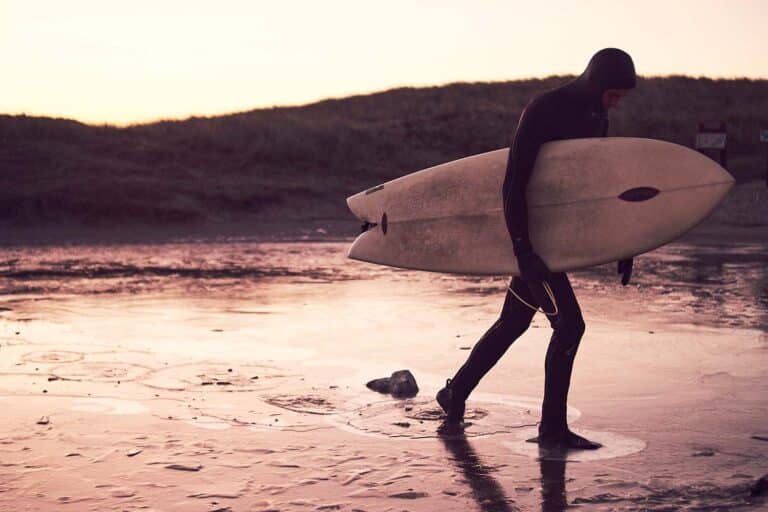Diving Deep into Comfort: Understanding Pressure Equalization with Vented Earplugs
Introduction
Have you ever wondered why your ears sometimes feel uncomfortable, or even painful, when you dive deep into the ocean’s embrace?
This isn’t just a minor nuisance—it’s a signal from your body, highlighting the critical need for ear protection while exploring the underwater world.
Diving is an exhilarating experience, offering a unique window into the serene and vibrant life beneath the waves. However, as divers, we often overlook one crucial aspect of our health: our ears. The deeper we dive, the greater the water pressure, and this increased pressure can significantly affect our ear health, sometimes leading to discomfort or even long-term damage.
In this article, we’re going to dive into the world of ear protection, focusing specifically on the marvel of vented earplugs. These aren’t your ordinary earplugs; they are designed with the diver in mind, balancing ear protection with the need for pressure equalisation.
Understanding how these specialized earplugs work is key to not only enhancing your diving experience but also to preserving your ear health in the long run. So, grab your dive gear, and let’s explore the depths of pressure equalisation with vented earplugs.
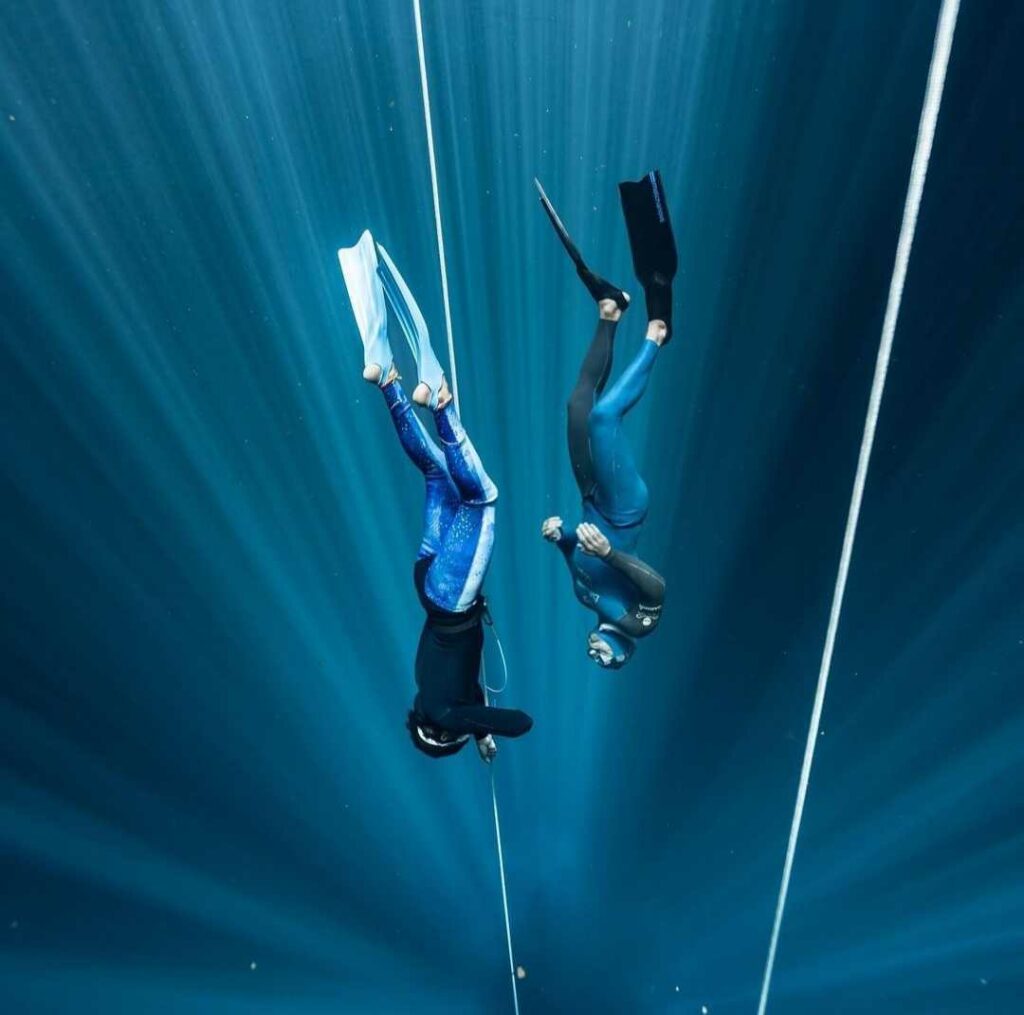
The Need for Ear Protection in Diving
The allure of the deep blue is magnetic, but as we embrace the mysteries of the ocean, it’s crucial to consider the impact on our ears. Frequent diving without proper ear protection can lead to several ear issues, some of which are not immediately apparent but can have long-term consequences.
Understanding Ear Problems in Diving:
Barotrauma: This condition results from the failure to equalize pressure inside the ear with the external water pressure, causing pain and potential injury.
Surfer’s Ear (Exostoses): Despite its name, Surfer’s Ear is not exclusive to surfers. It’s a condition where abnormal bone growths develop in the ear canal due to repeated exposure to cold water and wind, potentially leading to hearing loss and infections. Divers, especially those in colder environments, are also at risk.
Swimmer’s Ear (Otitis Externa): Similarly, Swimmer’s Ear is not limited to swimmers. It’s an infection in the outer ear canal often caused by water remaining in the ear, creating a breeding ground for bacteria. This condition can affect anyone engaging in water activities where ears are submerged, including divers.
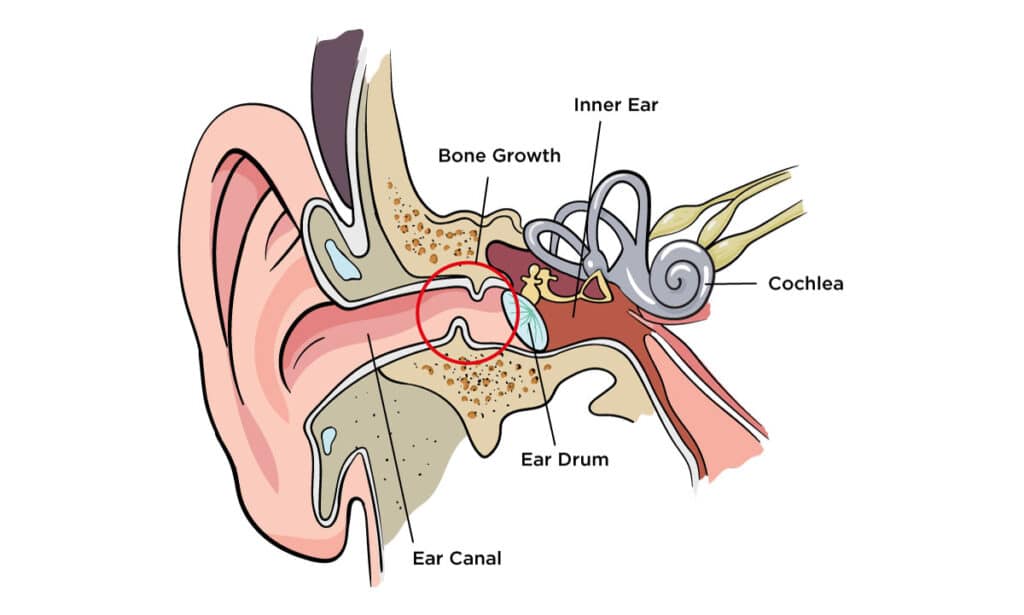
Busting the Myth – Why Earplugs Are Essential for Divers: There’s a common misconception that earplugs aren’t suitable for divers, based on the idea that they might hinder equalization and hearing underwater. However, with the advancement in earplug technology, especially vented earplugs, this is no longer the case. Vented earplugs are specifically designed for water use, allowing for easy pressure equalization and the ability to hear underwater.
Benefits of SurfEars for Divers:
Easy Pressure Equalising: SurfEars are designed to gradually balance the pressure on both sides of the eardrum as you descend, keeping equalising easy and natural.
Ability to Hear: Unlike traditional earplugs, SurfEars allow sound to enter, enabling divers to hear important sounds and communication underwater.
Increased Safety: By maintaining the ability to hear and balance pressure, divers are better equipped to handle potential underwater hazards. Additionally, SurfEars help in keeping a warm air pocket in the ear, which enhances comfort and can indirectly contribute to a diver’s overall safety, especially in colder underwater environments.
Improved Comfort: By maintaining a warm air pocket in the ear, SurfEars significantly enhance comfort, reducing the discomfort from cold water exposure. This feature is particularly beneficial for divers in colder waters, as it alleviates the sharp sensation cold water can cause in the ears.
Avoiding Medical Issues: Regular use of ear plugs can help prevent conditions like surfer’s ear and swimmer’s ear, protecting divers from long-term ear health issues.
The risks to ear health in diving are real and varied. From barotrauma to surfer’s ear, the consequences of neglecting ear protection are too significant to ignore. SurfEars offer a solution that not only protects your ears but also enhances your diving experience by enabling clear hearing and easy pressure equalization.
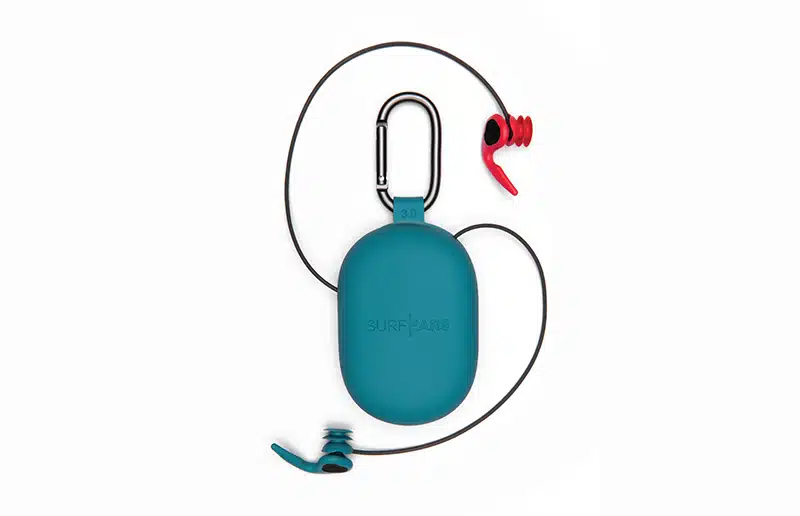
What are Vented Earplugs?
In the quest for effective ear protection while diving, vented earplugs emerge as a superior choice. But what exactly are they, and how do they differ from the standard earplugs you might use to block out noise or water?
Defining Vented Earplugs: Vented earplugs are specially designed ear protection devices for activities like diving and swimming. Unlike traditional earplugs that completely seal off the ear canal, vented earplugs have small channels or vents that allow for a limited exchange of air and pressure. SurfEars distinguish themselves from other vented earplugs by incorporating a hydrophobic mesh in their design, which allows much more sound to pass through while maintaining pressure balance. This feature is crucial in balancing the internal and external pressures on the eardrum, particularly during diving.
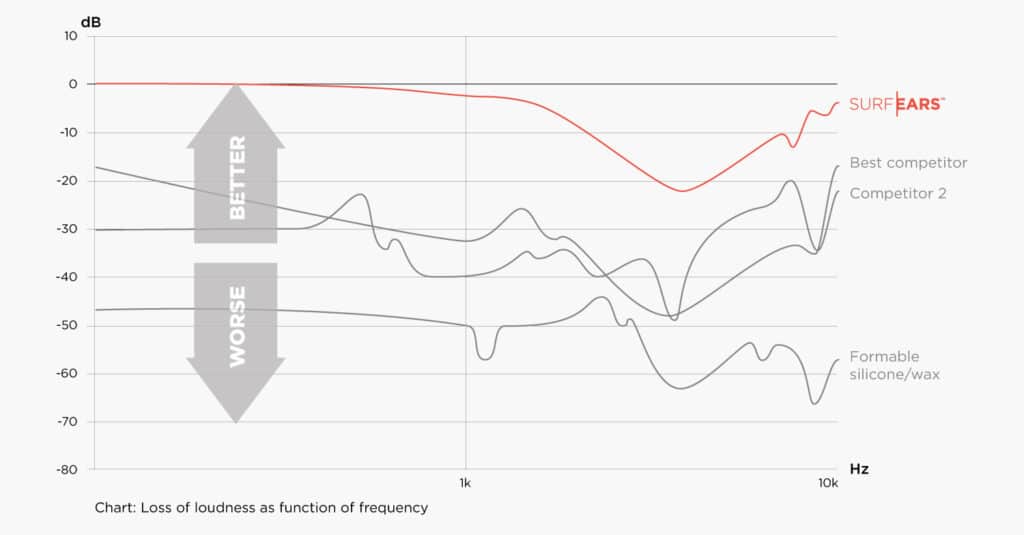
The Difference Between Vented and Non-Vented Earplugs: The primary distinction between vented and non-vented earplugs lies in their approach to handling pressure. Non-vented earplugs create a complete seal, which can be effective for noise reduction or keeping water out but can exacerbate the pressure imbalance problems divers face. On the other hand, vented earplugs, with their unique pressure-equalizing design, offer a solution that caters to the specific needs of divers.
Advantages of Vented Earplugs:
They help in maintaining equalized pressure, reducing the risk of barotrauma.
They allow for better hearing and balance underwater, as they do not completely block the ear canal.
They are generally more comfortable for extended use, especially in pressure-variable environments like underwater.
Considerations for Non-Vented Earplugs:
While they excel in blocking noise, they are not ideal for activities where pressure changes are a concern.
They can sometimes exacerbate pressure-related discomfort, particularly during descent and ascent in diving.
Why Choose Vented Earplugs for Diving: For divers, the ability to equalize ear pressure is not just a matter of comfort; it’s a safety necessity. Vented earplugs provide the perfect balance between protecting the ear from water entry and allowing necessary pressure equalization. This versatility makes them an indispensable tool for everyone – from casual snorkelers enjoying shallow waters to deep-sea scuba divers and free divers pushing the limits of depth.
The Science of Pressure Equalization
Understanding the science behind pressure equalization is essential for any diver. This knowledge not only enhances your diving experience but also plays a crucial role in protecting your ear health.
What is Pressure Equalization? Pressure equalization refers to the process of balancing the pressure between two environments. In the context of diving, it’s about equalizing the pressure inside your ear with the external water pressure. As you dive deeper, the water pressure increases, and your body needs to adjust to this change to prevent discomfort or damage to the ears.
The Role of the Eustachian Tubes: A key player in this process is the Eustachian tubes, small passages that connect your middle ear to the back of your throat. Normally, these tubes are closed, but they open when you swallow, yawn, or perform the Valsalva maneuver (a method used by divers to equalize ear pressure), allowing air to flow in and out of your middle ear. This helps in balancing the pressure on either side of your eardrum.
Normal Circumstances vs. Underwater Pressure:
On land, pressure equalization is a relatively seamless process, often happening without us even noticing.
Underwater, especially at depth, the pressure differences become more significant, and the body must work harder to equalize. This is where vented earplugs come into play.
The Challenge for Divers: When diving, the increased pressure can cause the eardrum to bow inward, leading to discomfort known as ‘ear squeeze’. If the pressure is not equalized, it can lead to barotrauma. Divers use various techniques to open their Eustachian tubes and equalise pressure, but sometimes these methods are not enough, especially if diving deep or rapidly.
Real-World Impact: The practical benefits of vented earplugs are significant. Divers often report a noticeable difference in comfort and a reduced feeling of pressure in their ears when using these earplugs. This not only enhances the overall diving experience but also contributes to the safety and well-being of the diver.
User Experiences and Testimonials
The real-world impact of SurfEars is best illustrated through the experiences of those who rely on them in their aquatic endeavors. Below are testimonials from two accomplished divers, Helena Bourdillon and Vitomir Maričić, sharing their insights on how SurfEars have become an integral part of their diving experiences.
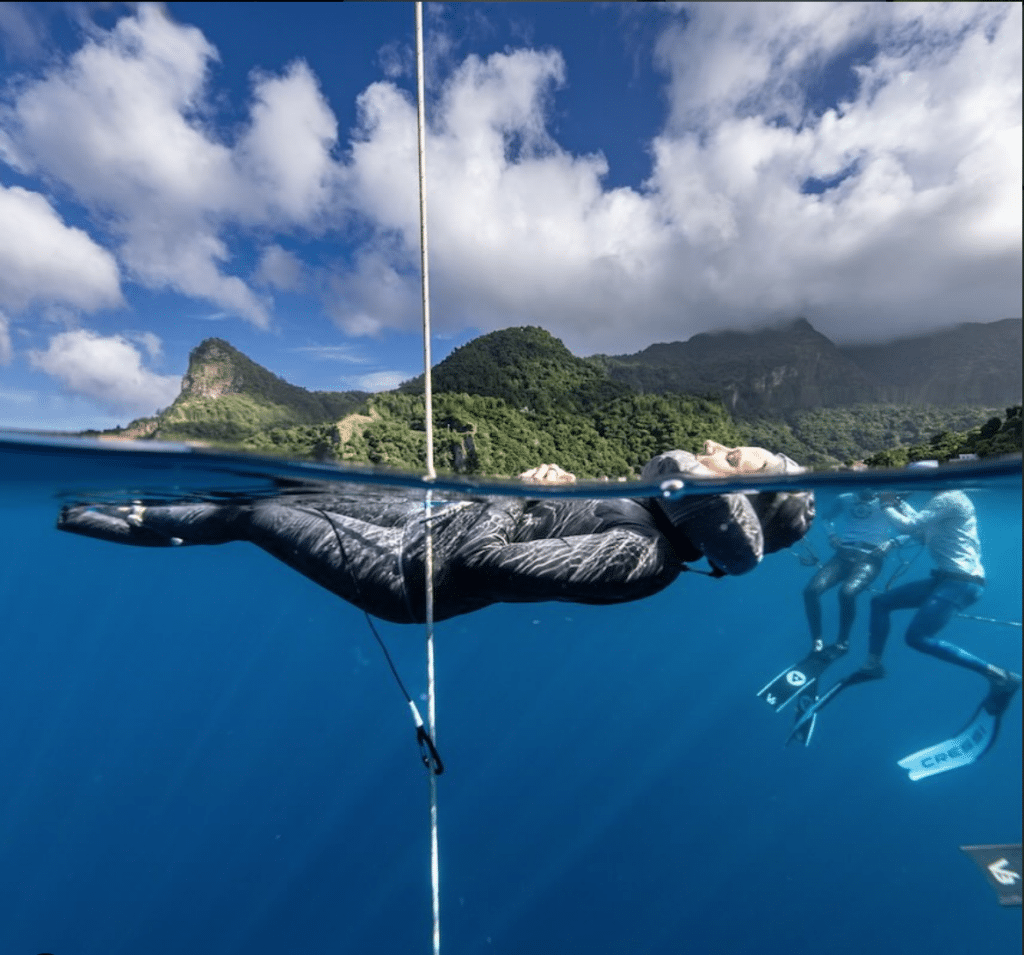
Helena Bourdillon, Freediver: “I’ve been using SurfEars for almost 8 years now, every time I go in the water… Whether it’s swimming pools, lakes, cenotes, or the ocean, where I have freedived to depths of -79m so far. Without my SurfEars, I would still be suffering from numerous bacterial ear infections… With my SurfEars, I protect my ears from the discomfort of water and wind… I’m also able to hear the auditory cues for the start of my dives and I’m looking forward to taking them even deeper this coming year!”
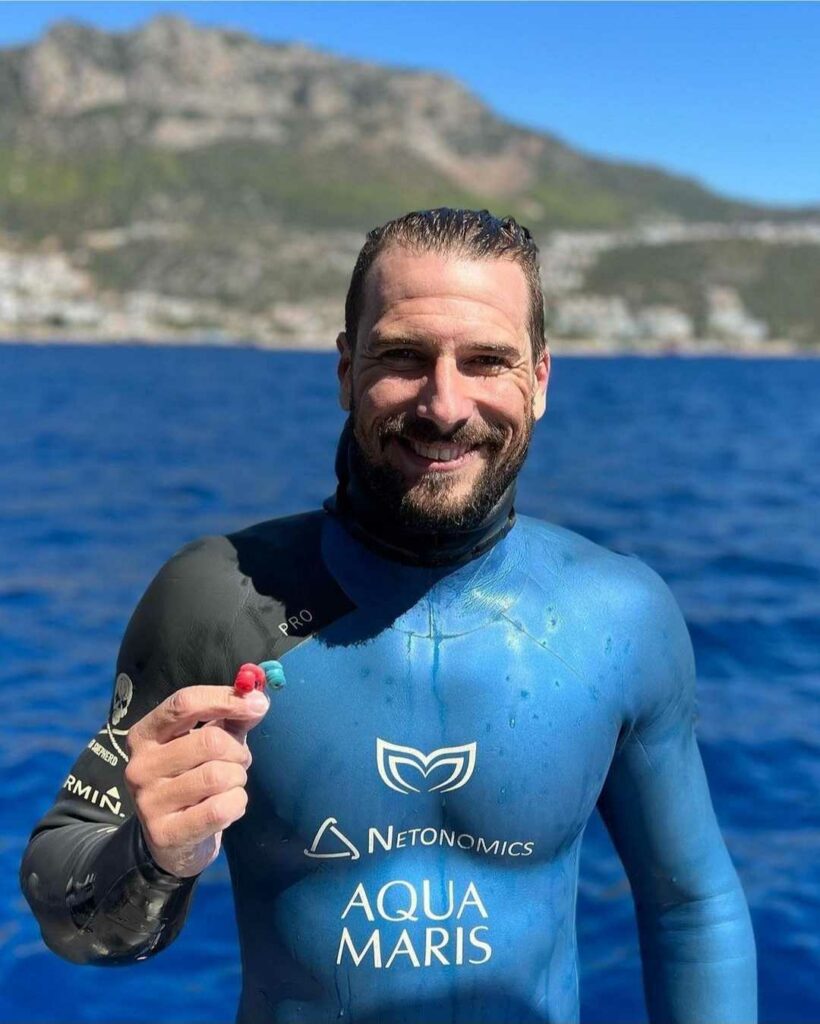
Vitomir Maričić, Freediver and Scuba Diver: “Ears. The most mentioned part of the body in freediving I guess. Keeping them safe, dry, and healthy is a must for any diver. Earplugs so far were not really helpful because they seal the ear and don’t allow compensation of pressures. Well, those days are over with SurfEars… Originally designed for surfers, these plugs not only allow you to compensate and equalize but also you can hear pretty well with them. And it keeps your ears dry. I have a condition called surfer’s ear… But now as a professional, getting inflamed all the time because of this is really a pain. So drying and cleaning the ear is my everyday job… Unless I keep them always dry. Which works with these! I took them to a scuba dive up to 40 meters to test, and after this took them to a 100m freedive. Worked good, and ears stayed dry!”
Ready to transform your underwater experience with unparalleled ear protection? Embrace the next level of diving comfort and safety with SurfEars. Specially crafted for divers like you, our earplugs are your gateway to a more enjoyable and secure underwater journey.
Discover SurfEars for Divers: Visit our dedicated diving page to learn how SurfEars can specifically cater to your diving needs. Delve deeper into the features, benefits, and the science behind our unique design.
Connect and Share: Join the conversation with our vibrant community of divers and water enthusiasts. Share your SurfEars stories, exchange tips, and connect with fellow diving aficionados. Check out @surfears on Instagram as well as our Facebook.
Stay Updated: Sign up for our newsletter. Be the first to receive diving-related news, expert tips, and exciting updates directly to your inbox.
Step into the water with SurfEars and experience a world of difference. Whether it’s exploring coral reefs or training for your next deep dive, do it with the confidence that your ears are well cared for. SurfEars aren’t just earplugs; they’re your essential dive partner.
Photo credit: Kohei Ueno, Matthieu Duvault, Daan Verhoeven
